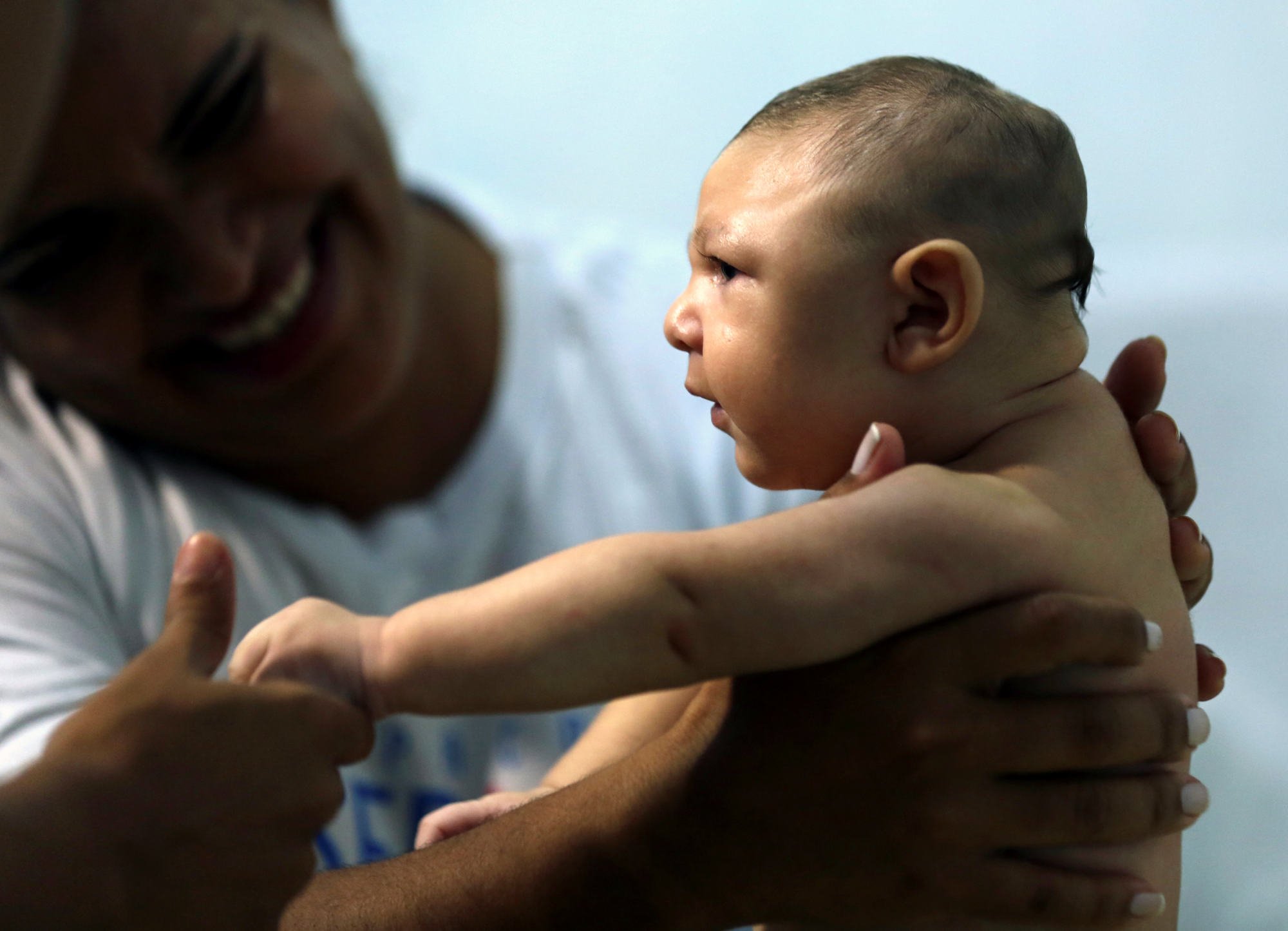In the study published on January 9 in the journal Cancer Research Communications, Nemours scientists injected Zika virus into human neuroblastoma tumours grown in mice. The tumours shrunk and, in mice given the highest dose of the virus, went away completely. The tumours did not grow back during four weeks of follow-up monitoring.

More research is under way to see if the treatment could be effective and safe on humans. The finding is a hopeful step forward, said the study’s senior author Tamarah Westmoreland, a paediatric surgeon and associate professor of surgery at Nemours Children’s Health in Orlando.
“When you sit with families and talk with them and their children about cancer and surgery, it can all be very scary,” Westmoreland said. “It’s research like this that … gives families hope.”
The study builds off several others that have explored Zika’s potential to treat cancer, including a 2018 Nemours study that found Zika could destroy neuroblastoma cells in a lab.
Neuroblastoma tumours appear to be vulnerable to the Zika virus in part because of their association with a protein called CD24, which has been connected to other cancers, too.
Chinese team unlock mosquito attraction mystery in spread of dengue, Zika
Chinese team unlock mosquito attraction mystery in spread of dengue, Zika
Washington University neuro-oncologist Milan G. Chheda, who was not involved in this study, praised its findings. Chheda has done research on Zika’s potential to treat a highly aggressive brain cancer, glioblastoma. His current work involves working on ways to genetically modify the virus to make it safer.
“The most exciting thing is it shows the relevance of the Zika virus across different types of cancers,” Chheda said.
Chheda and other experts cautioned that much more research is needed before this could be considered a viable treatment.
This mosquito-borne virus does not typically cause symptoms in children and adults but can cause devastating deformities in developing fetuses. A major outbreak in 2015 and 2016 across the Americas and Caribbean infected millions and was responsible for at least 2,500 cases of a life-threatening brain deformity known as Zika-associated microcephaly, according to the World Health Organization.

Though this particular outbreak is over, there are still tens of thousands of cases recorded each year worldwide and pregnant people are told not to travel to areas experiencing active outbreaks.
“It’s still to be seen whether or not this can be safely used in humans,” Chheda said.
It’s not unusual for cancer treatments to show promising results in mouse studies but fail to work on humans in clinical trials, said Patrick Grogan, a neuro-oncologist at the Moffitt Cancer Centre.
“I think what they’ve done is very exciting, but I would also say it is very early on,” Grogan said.
Chinese team builds X-ray machine that may be ‘holy grail’ of cancer treatment
Chinese team builds X-ray machine that may be ‘holy grail’ of cancer treatment
Nemours Children’s research scientist and the current study’s first author, Joseph Mazar, expressed optimism about the treatment’s safety.
“The disease itself is far more innocuous than people think,” he said. “In South America, most of the cases of individuals who had Zika were completely asymptomatic.”
Nemours researchers are now examining whether Zika can shrink neuroblastoma tumours in a mouse with a fully intact immune system, similar to a human immune system, and with tumours in the same location where children typically get them.
“We are very hopeful that when we get this work complete, we will be moving towards a human clinical trial in the near future,” Westmoreland said.

